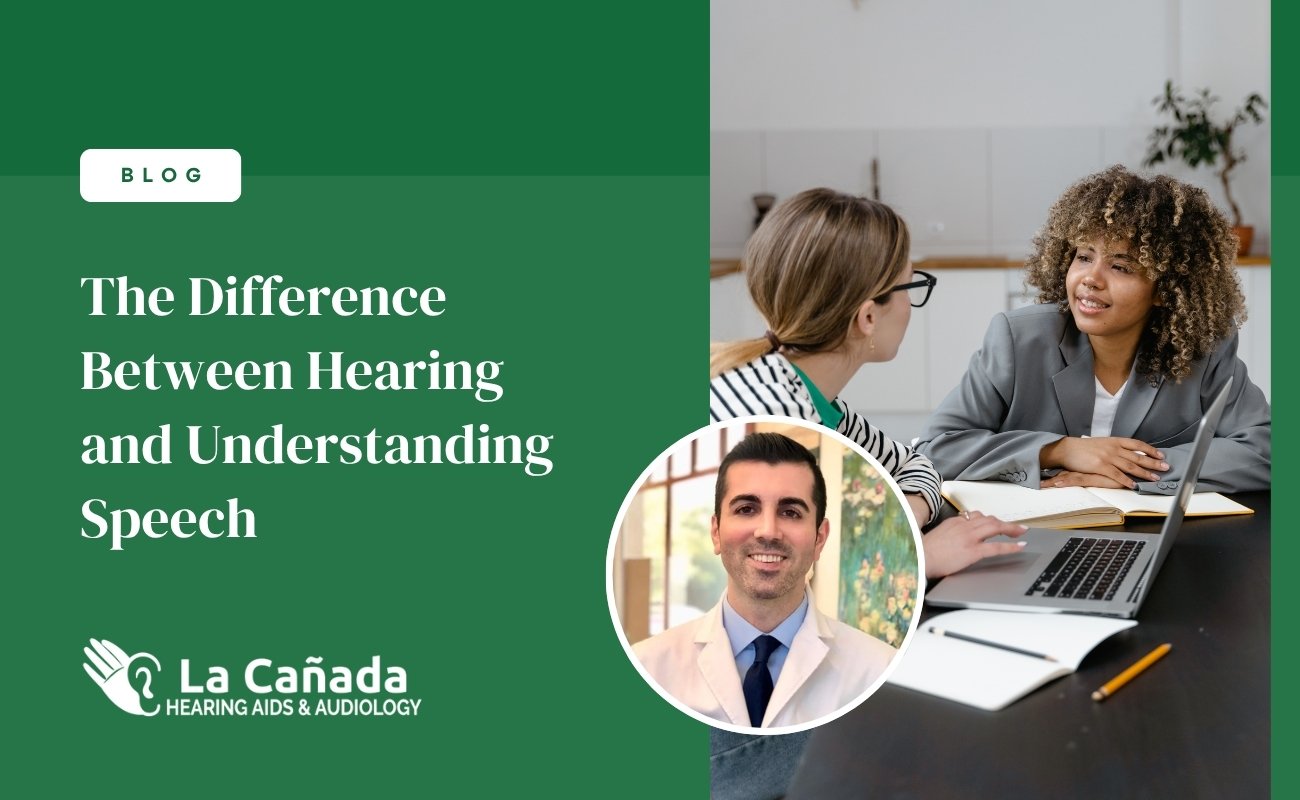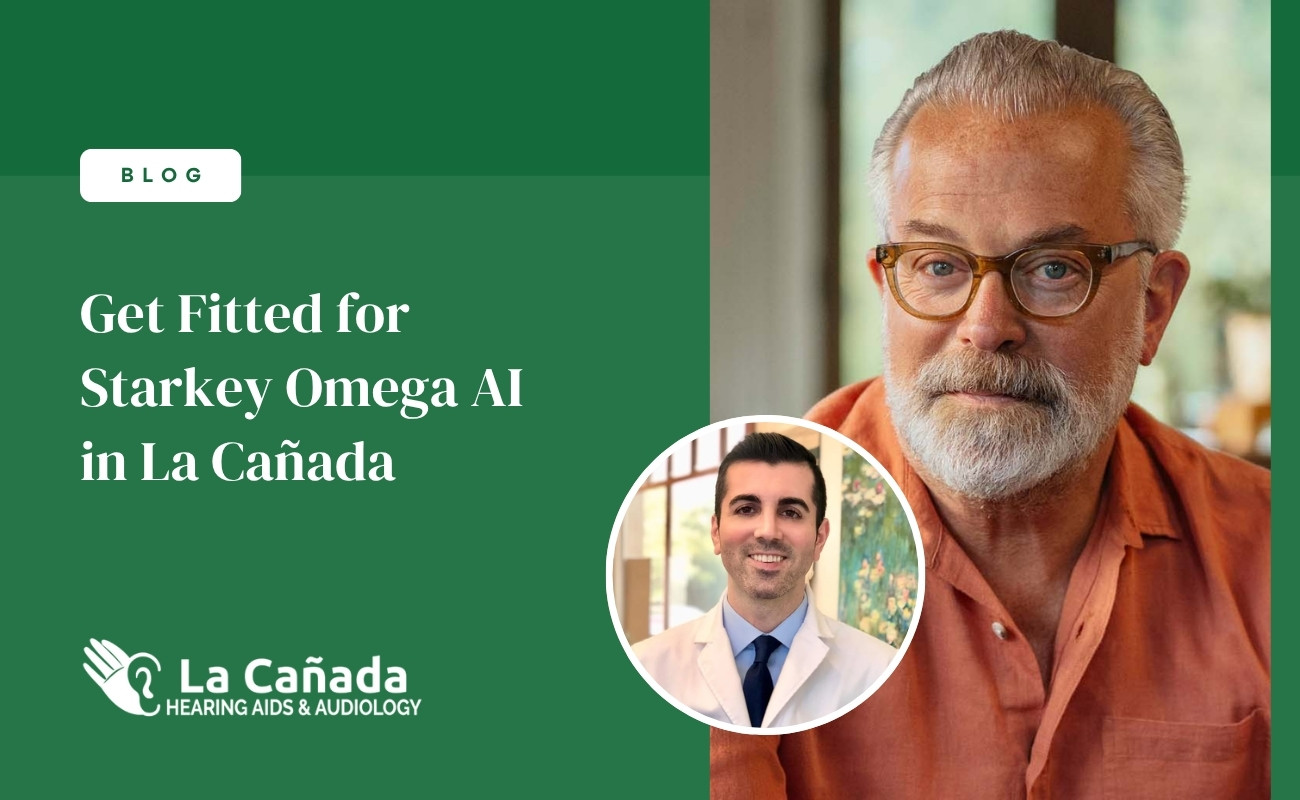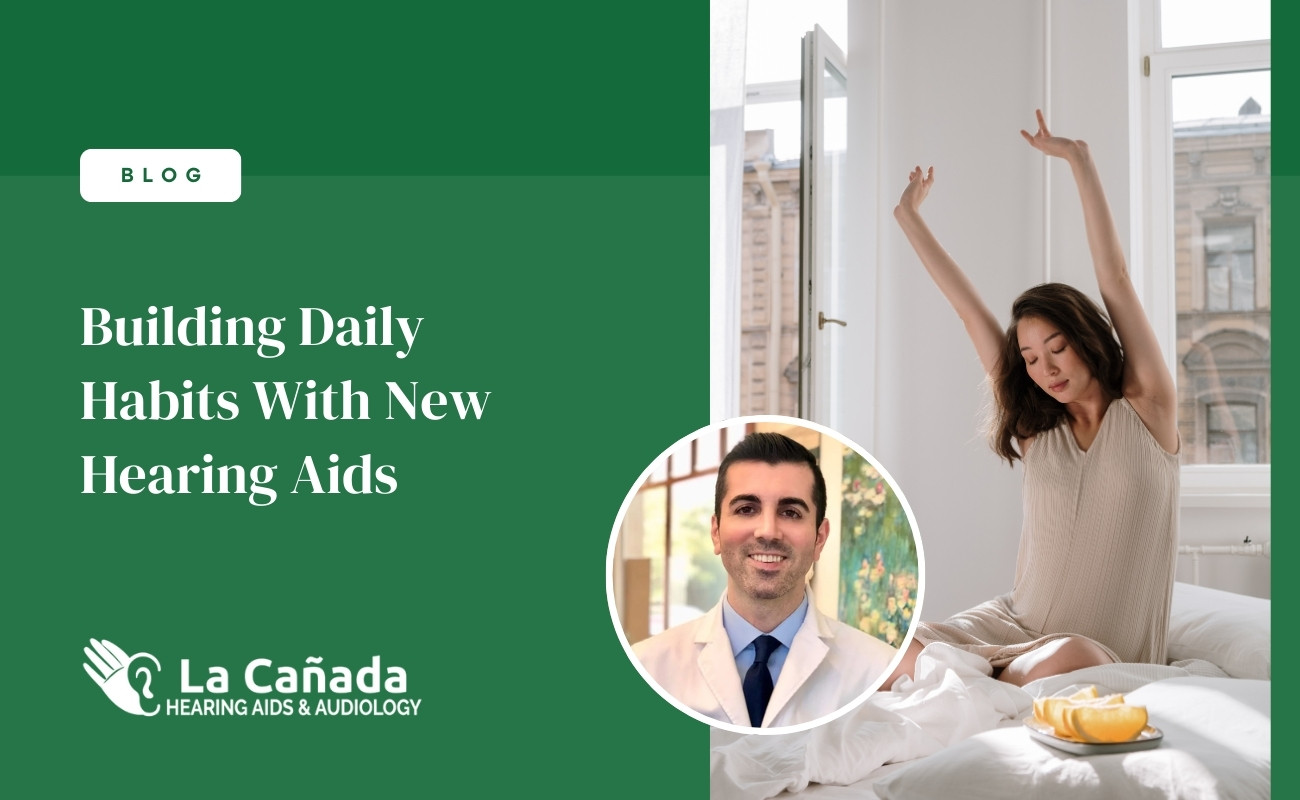You're at your favorite La Cañada restaurant catching up with friends, but despite hearing the buzz of conversation around you, you can't quite make out what your dinner companions are saying. Or maybe you're cheering at a local high school football game, aware of all the crowd noise, yet missing the play-by-play from the person next to you. Sound familiar? You're experiencing the difference between hearing and understanding speech—and you're not alone.
Two Different Processes Working Together
Hearing is your ears doing their job—capturing sound waves and sending them to your brain. You know sounds are happening around you, whether it's birds chirping or cars passing by. Speech understanding is where your brain takes over, interpreting those sounds into meaningful words and conversations.
When this system works smoothly, you effortlessly follow conversations while hiking the local trails with friends or chatting with neighbors at the farmers market. When it doesn't, you might find yourself nodding along to conversations you can't actually follow.
Why Understanding Gets Harder
Your ears contain thousands of tiny hair cells that help process different sound frequencies. Over time, these cells can become damaged, particularly those responsible for high-frequency sounds. These higher frequencies carry the crisp consonant sounds—like "s," "t," and "f"—that give speech its clarity and help you distinguish between words like "cat" and "bat."
Background noise creates another layer of complexity. Your brain naturally filters competing sounds to focus on what matters most. But when this filtering system becomes less efficient, busy environments become communication minefields. The acoustic challenges of crowded spaces, combined with multiple conversations happening simultaneously, can overwhelm your brain's processing abilities.
Real-Life Communication Challenges
Phone calls with family members become exercises in guesswork when you lose visual cues and deal with compressed audio quality. Video calls help, but they're not always practical.
Group dinners with friends turn into isolating experiences when you can't follow the conversation flow. You might catch fragments but miss the context that ties everything together.
Community events—from town hall meetings to book club gatherings—become less enjoyable when you struggle to participate fully in discussions.
Family gatherings, especially with multiple generations talking at once, present their own communication hurdles. Children's higher-pitched voices can be particularly challenging to understand.
Your Brain's Communication Toolkit
Your brain uses multiple sources of information to understand speech. Visual cues from lip movements and facial expressions provide critical context. This is why many people instinctively ask others to face them when speaking—it's not just politeness, it's necessity.
Your brain also relies on contextual clues from the conversation topic and setting. Past experiences and language patterns help fill in gaps when auditory information is incomplete. This sophisticated system works beautifully when all components function well together.
How We Assess Both Abilities
When you visit our practice, we evaluate your entire communication system. Standard hearing tests show us what frequencies and volumes you can detect. But we go further with speech testing that reveals how well you understand words and sentences in various conditions.
The QuickSIN test specifically measures your ability to understand speech in noisy environments—mimicking real-world listening situations you face daily. We also perform Real Ear Measurements during hearing aid fittings, ensuring that amplification matches your specific hearing loss and ear canal shape. This precision fitting makes the difference between hearing aids that truly help and ones that end up in a drawer.
Modern Solutions for Better Understanding
Today's hearing aids do much more than make sounds louder. Advanced technology from leading manufacturers actively separates speech from background noise, focuses on conversations you want to hear, and adapts automatically to different listening environments.
Our ListeningBrain Treatment Program recognizes that successful hearing treatment involves retraining your brain to process amplified sounds effectively. Rather than overwhelming you with sudden changes, we gradually build your hearing abilities back up, leading to higher satisfaction and daily wear time.
The program combines properly fitted technology with communication strategies that help you navigate challenging listening situations. We teach you how to optimize your environment and position yourself for better communication success.
Simple Changes, Big Improvements
Strategic positioning in social situations makes conversations easier to follow. Facing speakers, reducing distance, and choosing seats with good acoustics and lighting all help. Many patients discover these environmental modifications work hand-in-hand with their hearing aids to dramatically improve communication.
At home, simple adjustments like better lighting for reading facial expressions and reducing background noise create more communication-friendly spaces for family interactions.
The Cost of Waiting
Research demonstrates that untreated hearing loss accelerates the decline of speech understanding abilities. Your brain's auditory pathways need regular stimulation to maintain their efficiency. When hearing loss goes unaddressed, these pathways weaken, making it progressively harder to understand speech even after treatment begins.
Early intervention with appropriate hearing aids and communication training helps maintain these neural pathways' strength and flexibility. The sooner you address hearing concerns, the better your outcomes and the faster your adjustment to treatment.
Staying Connected to What Matters
Your relationships with family and friends shouldn't suffer because of communication difficulties. Active participation in community life, from volunteering to social gatherings, remains within reach with the right approach to hearing healthcare.
Whether you're planning to attend concerts at the Greek Theatre, participate in local hiking groups, or simply enjoy dinner conversations with loved ones, addressing both hearing ability and speech understanding opens doors to fuller engagement in life.
Start Your Journey to Better Communication
If conversations have become more challenging, whether in quiet settings or noisy environments, a comprehensive evaluation can identify exactly what's affecting your communication abilities. Understanding the relationship between hearing and speech processing is your first step toward reconnecting with family, friends, and community activities you enjoy.
Dr. Ivory and our team are ready to help you navigate these challenges with personalized solutions that fit your lifestyle and communication goals. Call us at (818) 928-1400 to schedule your consultation and take the first step toward clearer, more confident communication in all the settings that matter to you.


.webp)

.jpg)



